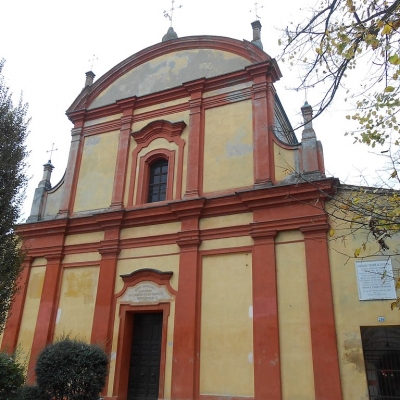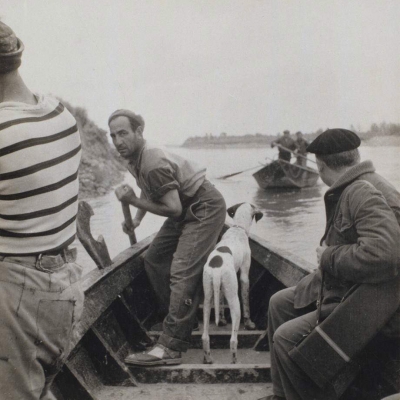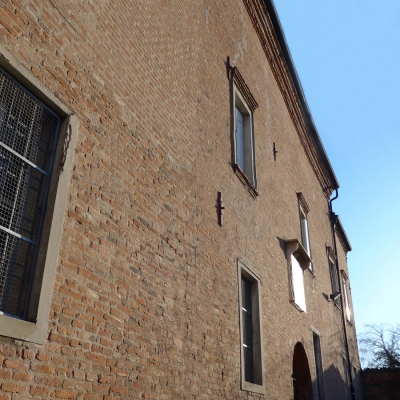Luzzara Theatre
From documents dating back to 1813, it seems that the “Società Teatrale di Luzzara” (Luzzara Theatre Company) bought a rural building - used as a granary - to transform it into the current theatre. Even though the adaptation works began immediately, the theatre was only open to the public on October 2, 1852, with the staging of the opera “I Capuleti e i Montecchi” by Vincenzo Bellini.
The theatre could hold up to 400 people, with 47 boxes and three tiers. The hand painted theatre curtain depicted the Fair of Luzzara with the Gonzaga princes. The building was radically restored in 1919. Although the three tiers were maintained, the plan became semi-circular. In 1947, the theatre was sold to privare buyers and was transformed into a warehouse. During the 1980s, it was re-purchased by the Municipality and in 1987 it started to be restored, even though the renovation work was soon interrupted for lack of funds.




